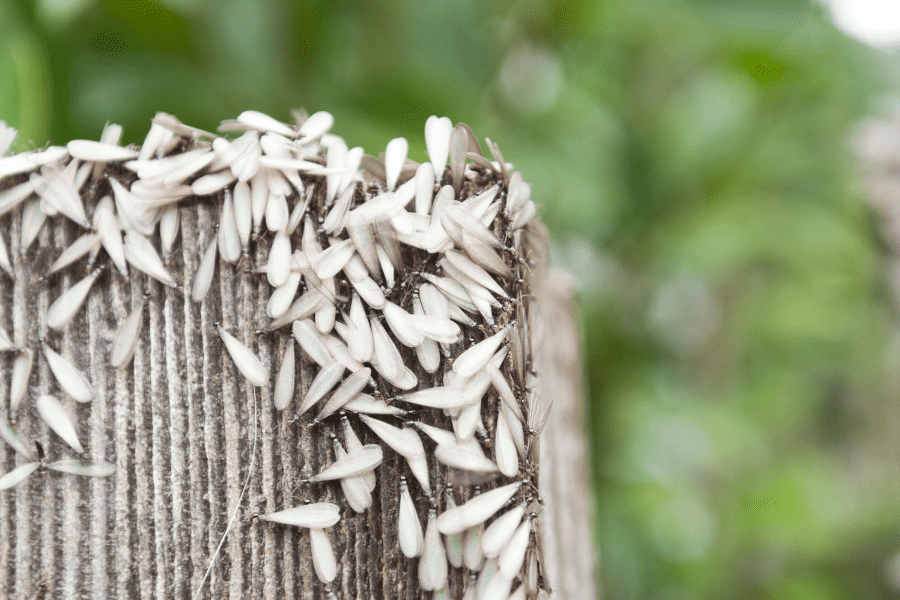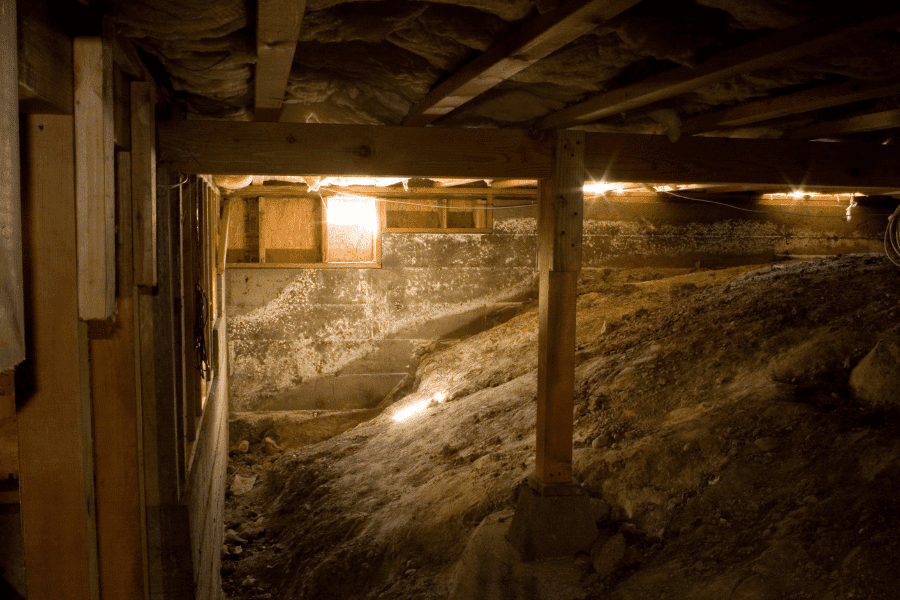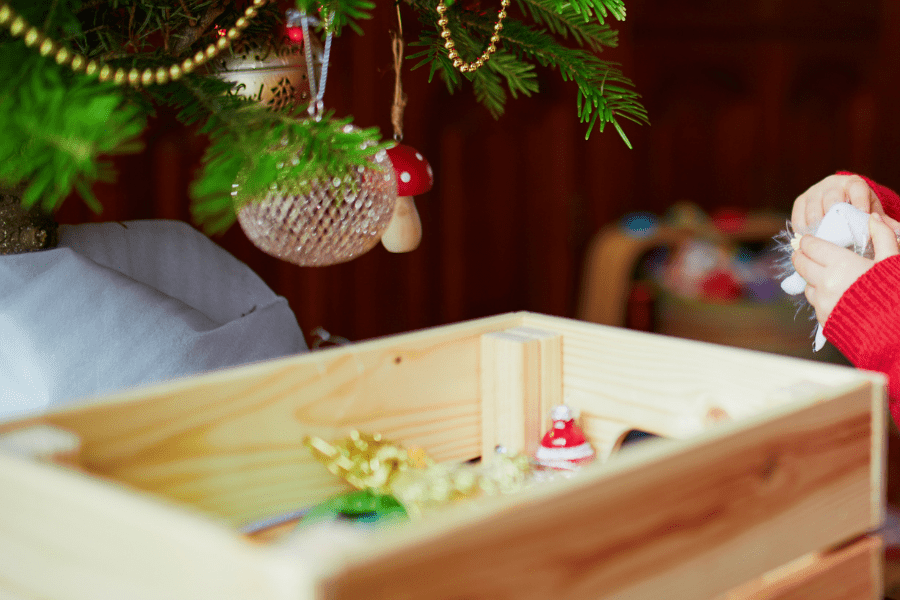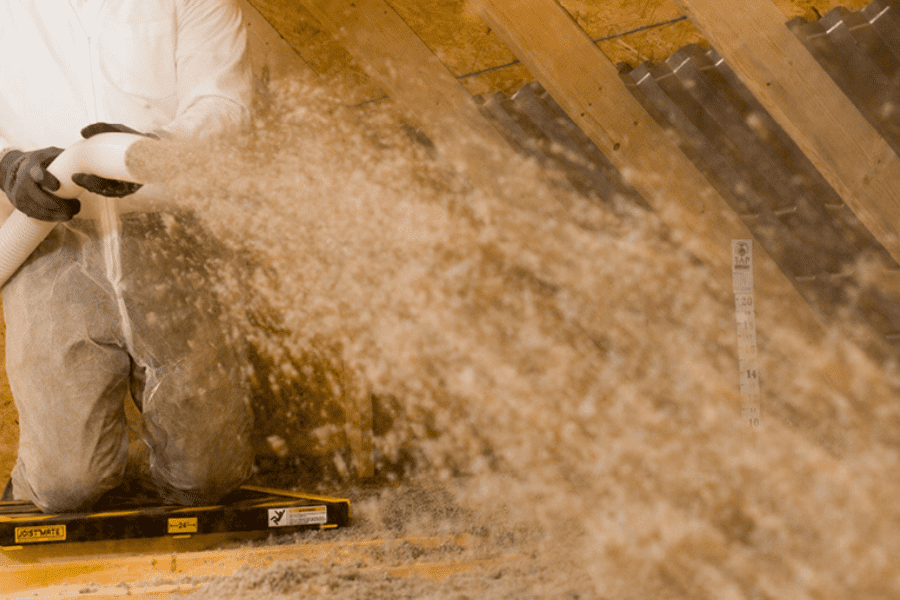READY TO GET STARTED?
REQUEST A FREE ESTIMATE
Fill out the form below or call (336) 226-1448 for a free, no-obligation estimate.

Our Burlington Service Center recently held a cookout to provide lunches to those who needed it most in the area. The team had fun being able to share this time with each other and the community. They each took turns dressed up as an inflatable, which got several laughs from everyone.
The team decided to take on this initiative to bring the community together in a new and fun way. They ended up serving about 100 hotdogs and 50 burgers and provided warm lunches to a homeless veteran.
We’re so thankful for our teammates who take the time to put the local community first, whether customers or not. Our Burlington team can’t wait until the next time they can give back to the surrounding community.

Once the cold weather begins to creep away is when we should begin to see swarming termites. Especially after a big rainfall, mature winged adults will swarm from their original nesting site in hopes of forming new colonies. The most common termite you will see swarming is the Eastern subterranean termite, which is native to North Carolina. Here are some fast facts about these termites:
Swarming is beneficial when creating new colonies. Termites swarm after a colony has reached a certain capacity and is ready to expand. This normally happens once per year for most colonies. Hundreds or even thousands of swarmers, also known as alates, are produced with the sole purpose of reproduction and expansion.
Swarming can occur indoors or outdoors. They cannot survive indoors because of the lack of soil to colonize. If found indoors, they are usually found near windows and light fixtures as they are attracted to light. Whether indoors or outdoors, they usually can’t cause damage. As swarmers, they can’t bite, sting, or chew. The presence of swarms indicates that a colony is nearby, though; so, although the swarmers can’t cause damage, the nearby colony can.
If you begin to see swarming termites and aren’t sure if your home has become infested, be sure to give your local termite control company a call and they can inspect your property and set up a proactive termite control plan.

Once the winter hits North Carolina, the last thing you want to deal with is a cold home! With temperatures dropping, it’s important that your heating systems are ready, and your home is prepared to weather the cold. If not, you could be dealing with cold air and high energy bills. Crawl space enclosure in the winter provides a solution to both problems that many homeowners face.
There are several benefits to enclosing your crawlspace. One that many look forward to is saving on their energy bill. The moisture in your crawlspace can affect the temperature inside the home, causing the HVAC unit or furnace to run longer to help keep your home warm, and in return uses more electricity. When you enclose your crawlspace, the moisture barrier acts as a sealant, which controls the moisture levels. This will ease the strain of your HVAC system to make your home more energy-efficient and save on energy bills.
Another great benefit of enclosing your crawlspace is preventing mold growth and odor. If left open, high moisture levels can cause unwanted growth, creating considerable damage to your home, posing a health risk to your family, and potentially causing an odor throughout your home.
An unsealed crawlspace is an open invitation to pests looking for shelter, food, and water. Once inside, these pests can cause damage and present a health risk to your home and family. After the crawlspace enclosure installation is complete, the moisture barrier can help eliminate entry points for these pests to infest, providing you with another avenue of pest control.
Consider calling a pest control company near you for a crawlspace enclosure inspection and quote to stay warm and pest-free in the winter!

With the holidays here, it’s time to take all the decorations out of storage and make the house jolly again! Hopefully, you aren’t discovering pests in your storage of choice. There are some ways to ensure that pests cannot get a hold of your holiday decorations; let’s break it down:
Enjoy a pest-free holiday season with these easy DIY pest control tips. If the problem is bigger than you can handle, be sure to reach out to your local pest control company, and they will be able to provide a free inspection.

Getting your attic prepared for cooler weather doesn’t have to take a lot of time or money. You don’t want to see an increase in your heating bill, but it is possible if you don’t take the correct precautions for your attic’s insulation. Here are some tips to ensure your attic is in top-notch shape:
When your attic is poorly insulated, it allows moist air to become trapped, which can cause problems like mold and wood rot. If your attic is already properly insulated, inspect it often for damage from pests or wildlife. Likewise, keep an eye out to ensure that the insulation hasn’t moved out of place, as this can cause your energy bill to spike.
While inspecting your attic, take the time to check for holes or cracks throughout the space that are connected to your living space, as it will allow air to escape. The tiniest hole will cause your HVAC system to work overtime, causing an increase in your energy bills. The best way to find holes in your attic is to inspect during the daytime when the light shines through the cracks. The easiest way to mend these holes or cracks is to seal them with caulk.
When you allow pine needles and leaves to pile up on your roof, they can trap water. Over time, the pine needles can break down the roofing material and cause leaks in your attic. Once water enters your attic, it’s only a matter of time before the water enters your main living space.
If you believe you need to replace your attic’s insulation, consider calling and scheduling a free inspection to experience a warmer and pest-free home for the winter.